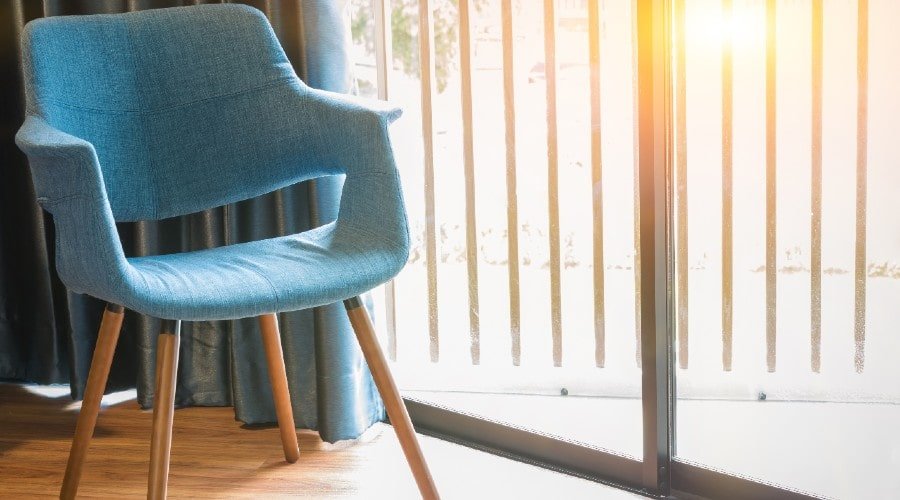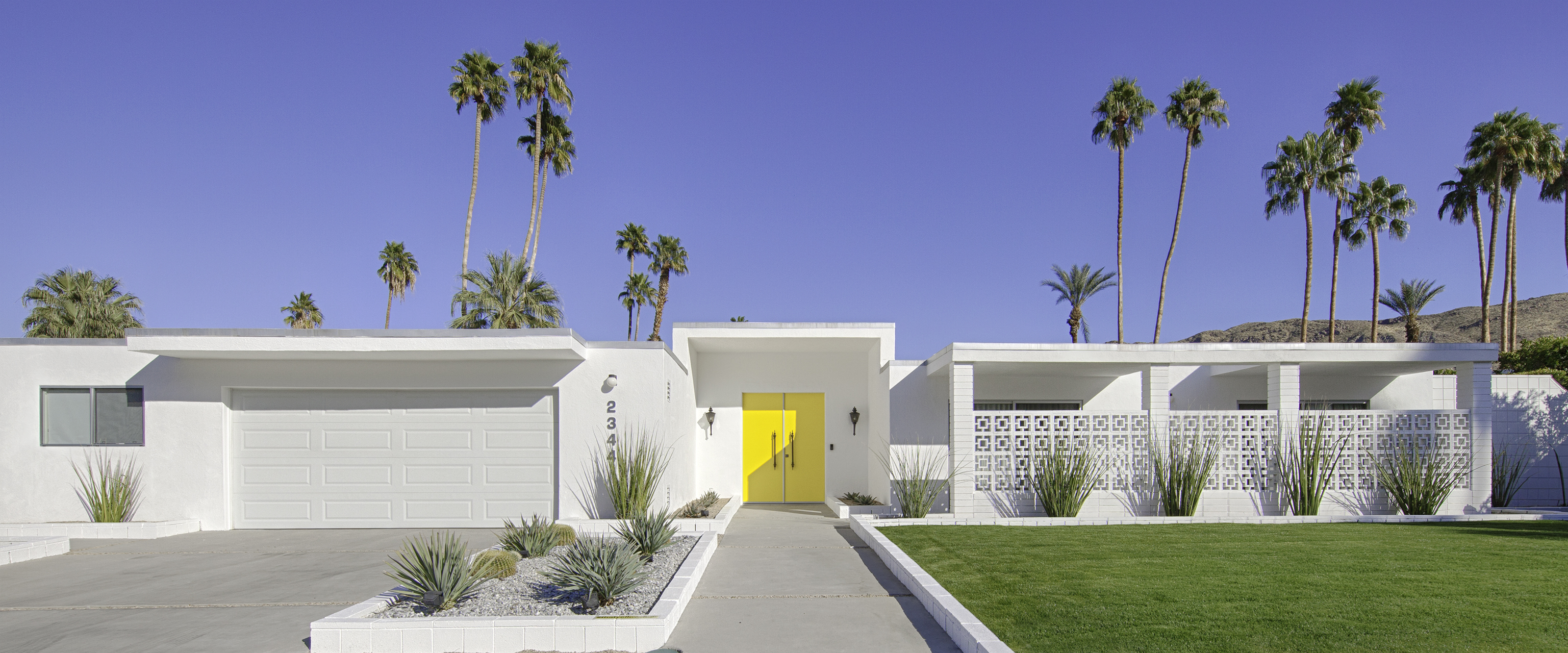
Imagine owning a venerated and historically significant artwork. Imagine owning a venerated and historically significant artwork you can live in.
Well, such an artwork is currently for sale in Palm Springs: The Kaufmann House, also known as The Kaufmann Desert House.
Designed by renowned architect Richard Neutra, The Kaufmann House is rightly regarded as a significant feature in America’s artistic history and a highly desirable luxury home in one of California’s most sought-after property markets.
Browse Through All Available Palm Springs Mid-Century Modern Homes!
A Piece of Palm Springs Architectural History
Designed and built between 1946 and 1947, The Kaufmann House was commissioned by Edgar J. Kaufmann, who made his fortune in the department store business but has gone down in architectural history as a patron to some of the most significant works in the American Modern tradition.
Roughly ten years before the development of The Kaufmann House, Edgar Kaufmann commissioned the now legendary “Fallingwater” residence from equally legendary architect Frank Lloyd Wright.
Kaufmann tapping the former colleague of Wright, Austrian émigré Richard Neutra, for the design of his holiday home was said to have caused no small amount of tension between Wright and Kaufmann, especially since Wright had made his disdain for Neutra’s work known.
This rivalry almost came to an interesting head when Edgar Kaufmann’s then-estranged wife, Liliane Kaufmann, commissioned Wright to design and build another home on the same property. This was in the early 1950s, and Liliane died before her and Wright’s rival project could come to fruition.
By contrast, Kaufmann and Neutra reportedly got on very well, sharing Austrian heritage and an interest in the psychoanalytical theories of Freud and Jung.
Subsequent Owners
Unlike many famous homes in Palm Springs, The Kaufmann House only has some star names to boast of in its roster of past owners. Perhaps the most famous is Barry Manilow, but even his name pales against the artistic and cultural significance of the structure itself.
This significance was recognized by later owners Brent and Beth Edward Harris, who purchased the home in 1992. Both had an eye for architectural preservation and Beth Harris, in particular, as an architectural historian, had the skills and knowledge for it.
Together, they pursued a long and arduous restoration project that has come to form part of the fabled history of the building, just as much as its creation. Archives were sifted through (at both UCLA and Columbia University), architects and artisans of long-defunct methods were hired, a quarry in Utah was reopened (to replace some hand-hewn sandstone faithfully), and an obsolete aluminum fabrication machine was brought back to life, all in service of capturing the authenticity of the original.
New features were added, including a pool house pavilion (complete with bar and TV lounge) and a hidden air conditioning system, making the building habitable year-round (originally conceived as a short-term winter getaway).
Iconic Mid-Century Modern Design
When Kaufmann chose Neutra over Wright to build his new home, he intended to find a lighter alternative to Wright’s heavy organicism.
As such, the Kaufmann house wasn’t intended to blend in naturally with its surroundings. It was intended to highlight it by way of contrast.
In this, The Kaufmann House exhibits many features we associate with Mid-Century Modern design today. The understated vertical lines and glass walls make for horizontal masses that appear to float and an open interior consisting of clean angles and shapes.
Today, it is somewhat of a cliche to talk about Mid-Century Modern homes blending or blurring the division between inside and out. But it is to pioneers like The Kaufmann House that we owe this cliche. The glass walls and seamless extension of exterior surfaces into interior spaces achieve this sense of unity between the home, the yard, and the mountains beyond.
A Lasting Legacy
The Kaufmann House first came to national prominence with the publication of photos by Julius Shulman in 1947, and later again with the publication of “Poolside Gossip” by photographer Slim Aarons in 1970.
Throughout this time, The Kaufmann House came to define the Palm Springs architectural aesthetic, favoring clean horizontal lines, open interiors, glass walls, and private outdoor spaces.
Since then, the building has been categorized as a Class 1 Historic Site by the Palm Springs City Council, as one of the top 10 houses in Los Angeles by the LA Times, and is generally regarded as one of the most significant architectural works in American history.
It's for Sale!
Today, the home is being sold by Brent Harris at a price tag that would put it head and shoulders above any property sold thus far in Palm Springs.
But, considering its historic significance, modern restoration, and utter beauty, it’s easy to see why The Kaufmann House is worth every penny.
View the Full Real Estate Listing Below!
Kauffman House
No listings were found matching your search criteria.
Want to learn more about the Kaufmann Desert House or Palm Springs' iconic mid-century modern homes? Get in touch with me and I'll be your local guide to everything that's related to the Palm Springs real estate market.
Posted by Geoffrey Moore on

Leave A Comment